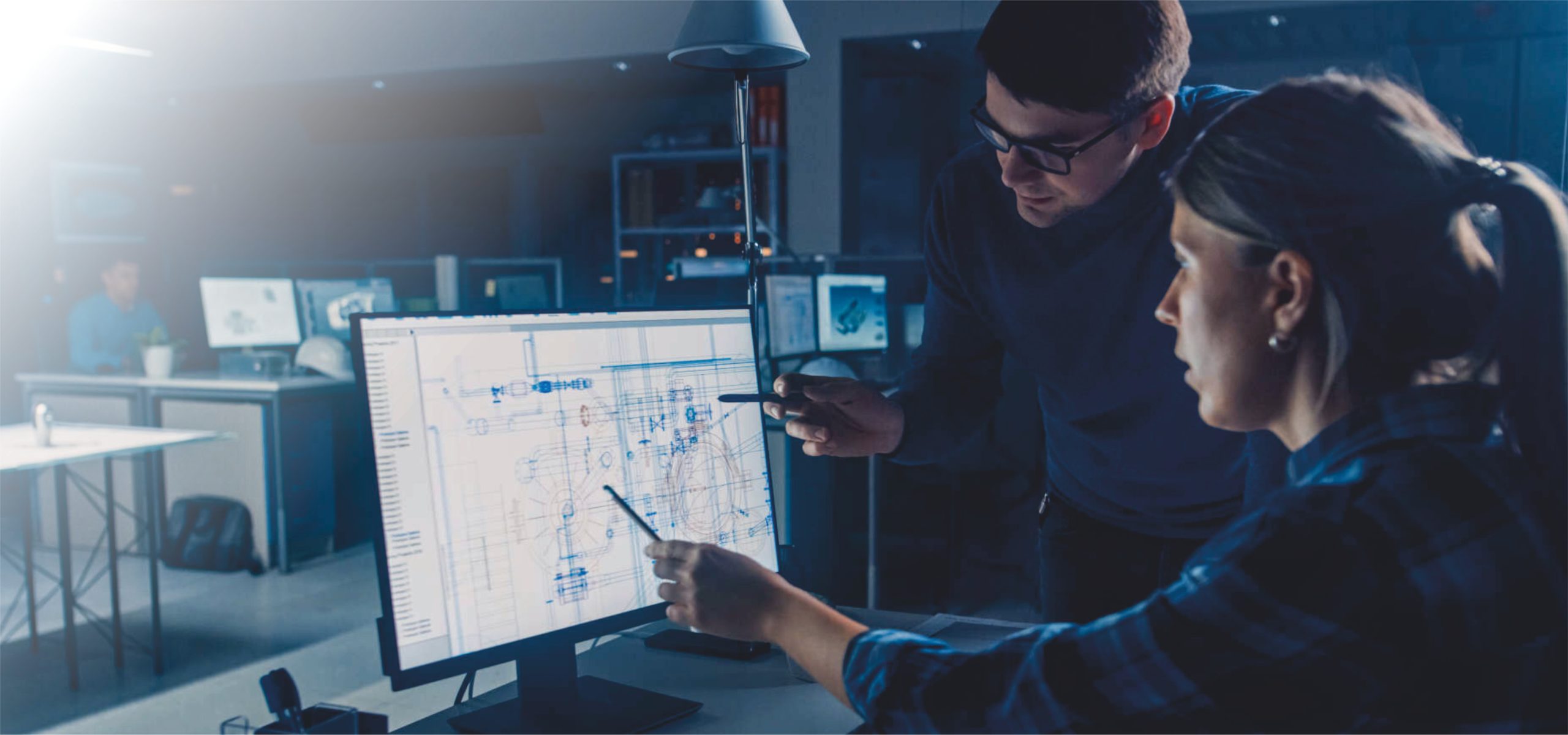Objectives
Understand Flight Physics: Provide participants with a deep understanding of the fundamental principles of flight physics, including aerodynamics, hydrodynamics, and the impact of these principles on design.
Master CFD Techniques: Equip participants with skills in Computational Fluid Dynamics (CFD) to simulate and analyze airflow and other fluid dynamics in flight design.
Utilize Wind Tunnel Testing: Train participants in the use of wind tunnels and other testing equipment to validate and refine design parameters for subsonic flight conditions.
Apply Testing and Validation Methods: Develop participants’ abilities to design experiments, interpret test data, and apply findings to optimize flight designs.
Prepare for Real-World Applications: Ensure participants can effectively use both CFD and wind tunnel testing techniques in aerospace design and research.
Outcomes
Proficiency in CFD Software: Participants will gain expertise in using CFD software (e.g., ANSYS Fluent, COMSOL, OpenFOAM) to model and analyze aerodynamic and hydrodynamic performance.
Understanding of Testing Techniques: Participants will learn to use wind tunnels, water flow channels, and other testing equipment to validate design concepts and understand their real-world implications.
Hands-On Experience: Participants will gain practical experience in designing experiments, conducting simulations, and analyzing results to inform design decisions.
Design Optimization Skills: Participants will be able to apply CFD and wind tunnel testing results to optimize flight designs for efficiency, stability, and performance.


